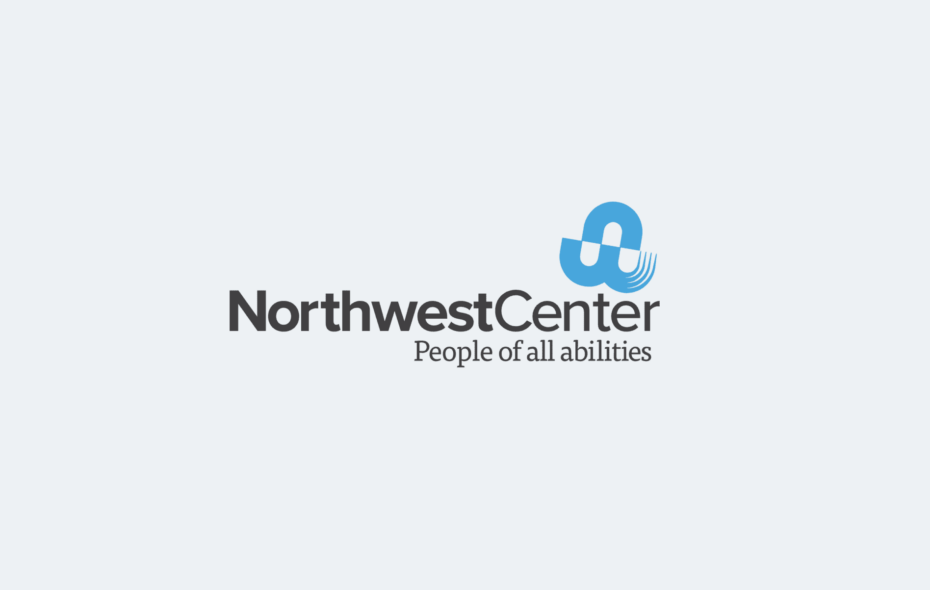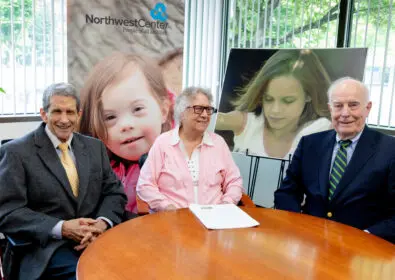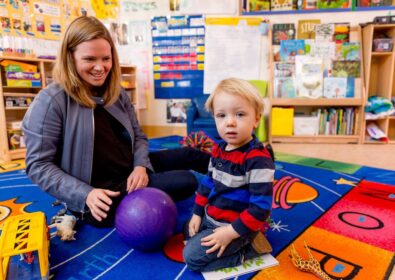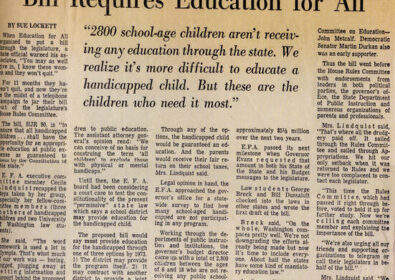

Individuals With Disabilities In Education Act: Overview

Gaining much attention is DeVos’s public position on Individuals with Disabilities Act and her belief that it should be run state-by-state, moving from the current national standardization. Following is a history of IDEA, what the law actually entails, and what it means to people with disabilities.
In 1967, almost 200,000 individuals with significant disabilities were living in state institutions. Before the passing of the Individuals with Disabilities Act (IDEA) of 1975, people with disabilities were likely to have inequitable opportunities in life. State institutions provided only minimal clothing, food, and shelter; furthermore, people with disabilities were merely accommodated rather than assessed and educated.
Providing proper education to children with disabilities requires a diverse cultural, racial, and ethnic sensitivity. Resources regarding placement for children with disabilities were sparse, with parents not being afforded the opportunity to get involved in the planning or placement decisions regarding their children and their specific needs.
An important change that IDEA brought about was the opportunities for children with severe disabilities to attend their neighborhood schools instead of being sent to segregated institutions. In their neighborhood schools, students with disabilities were provided with an Individualized Education Program (IEP). Each IEP is individually designed for a student to aid a child in meeting the same academic standards and testing goals in order to obtain a high school diploma.
Before IDEA, students with disabilities who were granted an education were subjected to the same “cliff” that all students face – post-school adult living. In 1997, Amendments to IDEA specified that transition planning for students with disabilities should begin at age 14.
Today, millions of children with significant disabilities are attending their neighborhood schools and learning the life skills they will need for full, active participation in integrated activities with their family members, friends, neighbors, and co-workers. IDEA has supported the provision of culturally relevant instruction for diverse learners in mainstreamed environments.
Throughout the 1980s, IDEA-supported Minority Handicapped Research Institutes documented that culturally and linguistically diverse students with disabilities make, at best, limited progress in school programs that employ “watered-down” instruction in segregated environments. Building on and extending the work of these institutes, IDEA has supported the development and validation of culturally relevant assessment and intervention practices.
IDEA has continued the longstanding Federal commitment to provide an adequate supply of qualified teachers. Today, hundreds of thousands of professionals specializing in early childhood and special education are being trained with IDEA support. These professionals include early intervention staff, classroom teachers, therapists, counselors, psychologists, program administrators, and other professionals who will work with future generations of children with disabilities and their families. Over the last 25 years, IDEA has supported states and localities in meeting their identified challenges for personnel preparation. *
*Information provided by the United States Department of Special Education Services, History.
A More In-Depth Understanding of IDEA
There are four sections to IDEA – parts A-D. The following information is provided by the United States Office of Special Education Services. Part A lays out the basic foundation for the rest of the Act, defining terms used within the Act as well as mandating the creation of the Office of Special Education Programs, responsible for administering and carrying out the terms of IDEA.
Part B of IDEA lays out the educational guidelines for school children 3-21 years old. By law, states are required to educate students with disabilities and are provided funding. However, school districts must comply with the six main principles set out by IDEA to receive funding.
- Every child is entitled to a free and appropriate public education (FAPE)
- When a school professional believes that a student between the ages of 3 and 21 may have a disability that has substantial impact on the student’s learning or behavior, the student is entitled to an evaluation in all areas related to the suspected disability.
- Creation of an Individualized Education Plan (IEP). The purpose of the IEP is to lay out a series of specific actions and steps through which educational providers, parents and the student themselves may reach the child’s stated goals.
- That the education and services for children with disabilities must be provided in the least restrictive environment, and if possible, those children be placed in a “typical” education setting with non-disabled students.
- Input of the child and their parents must be taken into account in the education process.
- When a parent feels that an IEP is inappropriate for their child, or that their child is not receiving needed services, they have the right under IDEA to challenge their child’s treatment (due process).
Part C of IDEA recognizes the need for identifying and reaching very young children with disabilities. This portion of IDEA provides guidelines concerning the funding and services to be provides to children from birth through 2 years of age. Families are entitled to several services through part C of IDEA.
- Every family is entitled to appropriate, timely, and multidisciplinary identification and intervention services for their very young child. These services must be made available to all families with infants and toddlers.
- Families are required to receive an Individualized Family Service Plan (IFSP). This plan lays out the priorities, resources and concerns of the family. In addition, it describes the goals of the child, the services to be provided to the child, and steps for eventual transitioning of the child into formal education.
- Families have a right to participate in the creation of the IFSP, and must give consent prior to the initiation of intervention services.
- Lastly, parents are entitled to timely resolution of all conflicts or complaints regarding the evaluation or services provided to their child.
Part D of IDEA describes national activities to be undertaken to improve the education of children with disabilities. These activities include grants to improve the education and transitional services provided to students with disabilities. Additionally, this section provides resources to support programs, projects and activities which contribute to positive results for children with disabilities.


